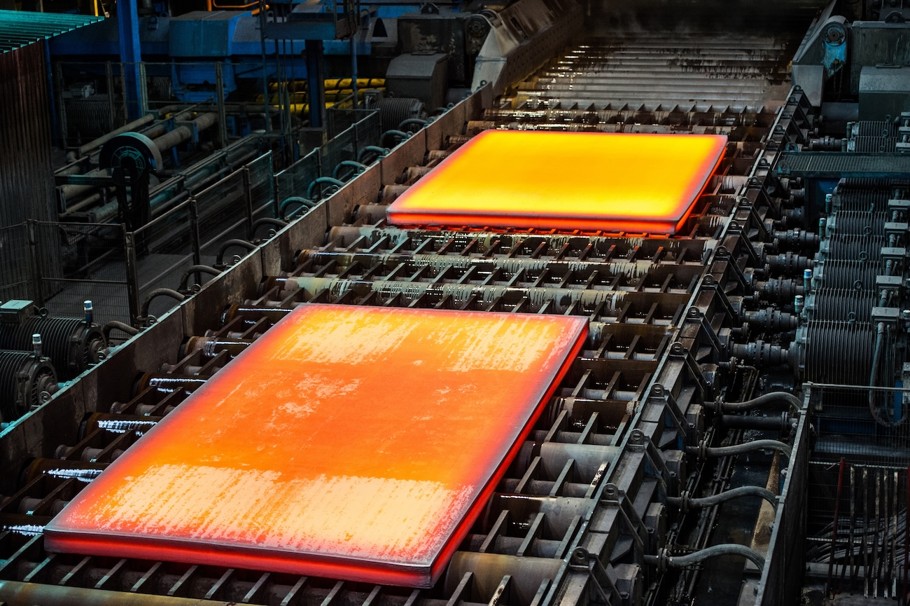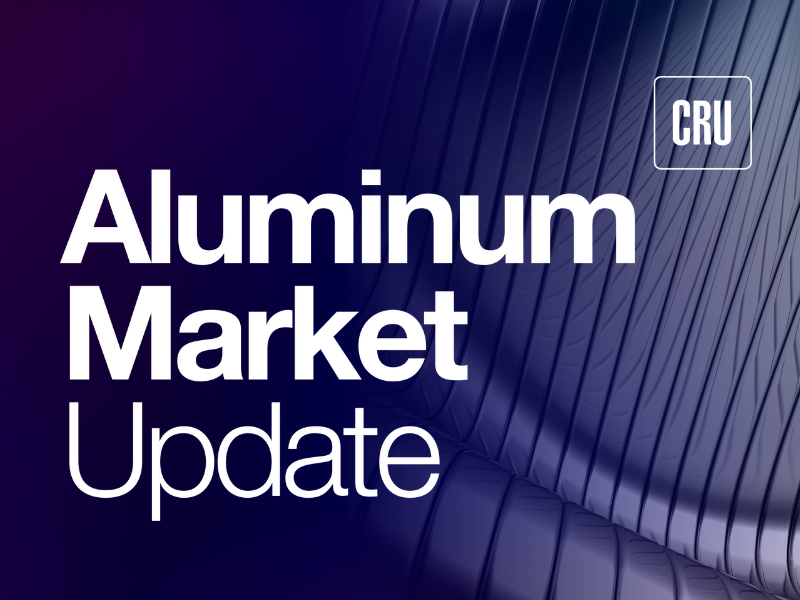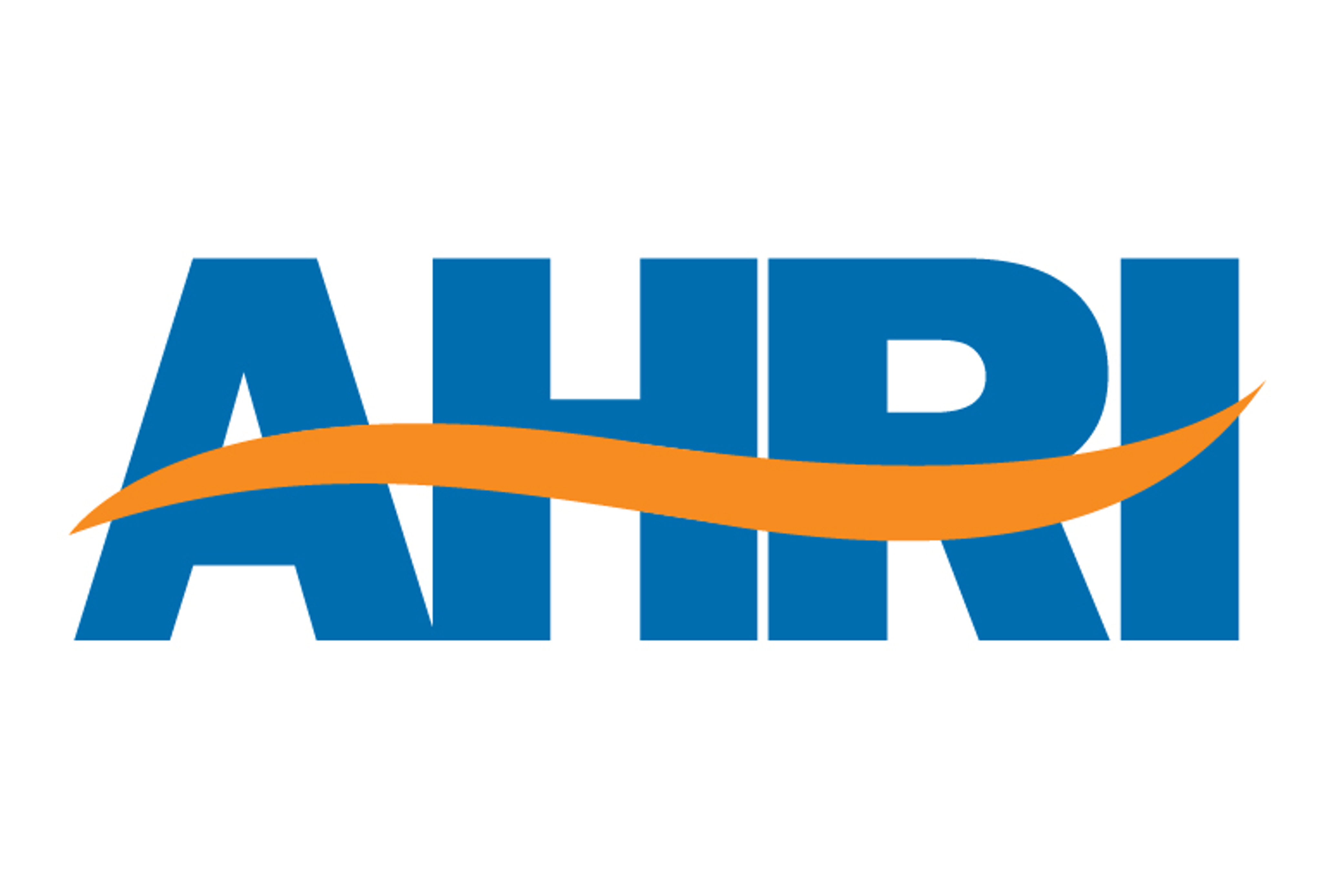Analysis
July 26, 2024
GrafTech's Q2 loss widens in 'challenging' business environment
Written by Ethan Bernard
| Second quarter ended June 30 | 2024 | 2023 | Change |
|---|---|---|---|
| Net sales | $137.3 | $185.6 | -26% |
| Net earnings (loss) | $(14.8) | $(7.9) | -87% |
| Per diluted share | $(0.06) | $(0.03) | -100% |
| Six months ended June 30 | |||
| Net sales | $273.9 | $324.4 | -16% |
| Net earnings (loss) | $(45.6) | $(15.2) | -200% |
| Per diluted share | $(0.18) | $(0.06) | -200% |
GrafTech International cited a “challenging” part of the business cycle as its net loss widened in the second quarter.
The Brooklyn Heights, Ohio-based electrode producer’s net loss widened to $14.8 million in Q2’24 vs. a loss of $7.9 million a year earlier on sales that tumbled 26% to $137.3 million.
Sales volumes for Q2’24 were 25,500 metric tons (mt), off 3% from a year earlier.
Meanwhile, production volumes were 26,800 mt in the quarter, up 6% from Q2’23. The company said it continues to proactively align production volumes with its evolving demand outlook.
“Let me start by saying that we operate in a cyclical industry, and we find ourselves in a challenging part of the cycle for our business and more broadly for our industry,” President and CEO Timothy Flanagan said on an earnings conference call on Friday.
He said graphite electrode demand remains weak, and industry-wide capacity utilization rates remain low.
“It’s well understood that these dynamics are not sustainable,” he remarked.
However, he noted that “we participate in an industry that has many long-term and sustainable tailwinds.”
Flanagan added, “Cyclical downturns eventually come to an end, and the long-term growth opportunities in front of us are very real.”
Chinese, Indian electrodes
EVP and COO Jeremy Halford said on the call that despite the weak demand environment, “We continue to see a healthy level of electrode exports from certain countries, including India and China, into non-tariff protected regions such as the Middle East.”
He noted these are typically lower-priced electrodes.
“As we’ve discussed in the past, with these export dynamics, we see a knock-on pricing effect in tariff-protected countries, such as those within the EU,” Halford said.
Outlook
GrafTech expects near-term demand for graphite electrodes to remain weak, noting that steel industry production remains constrained by global economic uncertainty.
“As a result, we remain selective in the commercial opportunities we choose to pursue,” GrafTech said.
At the same time, Q3 sales volumes are expected to be broadly in line with Q2. For FY2024, a modest year-over-year improvement in sales volumes is still expected.
Flanagan noted on the call that, in the longer term, “Decarbonization efforts will further drive a shift to electric-arc furnace steelmaking and higher graphite electric demand.”
“We are poised to capitalize on this anticipated growth,” he said.







